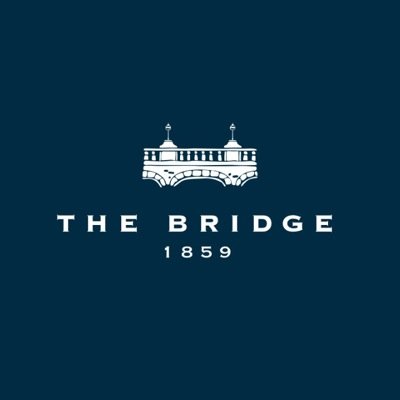In continuation from an earlier post, I'm tacking the 'Q', which previously looked quick out of place amongst the other serifs and and blocky typographic elements. Trying to add some size and some character, or at least, making the descender of the 'Q' fit into the rest of the typography.
I began by demolishing the previous descended, which was built into the typography.
Using the existing anchor points on the letterform, I mirrored them to create a perfectly symmetrical and fitting base to attach a new custom descender to the Q.
Mirroring the weight of the serifs used across the rest of the logotype, I added a simple descender to the Q. Which looks better, much stronger than previous, which had a sort of taper to it. However, the length of the descender makes it look thinner in comparison to the rest of the blockier serifs.
I also tried adding a serif to the base of the descender. Hoping to achieve the same blocky look as the rest of the serifs within the logotype. It just looks bad.
I had a crack at rotating it, having it sit at 90 degrees to the descender, which is at 45 degrees. This works better, it look slightly more aesthetically pleasing, however, I'm still not a massive fan of it. It has to go!
Removing the serif and reducing the length of the descender. This allows the descender to appear wider and better fitting on the logotype. Similar to the original descender, but weightier and shorter, without a taper. Which looks much nicer, as it fits in with the structure of the logotype.


















































